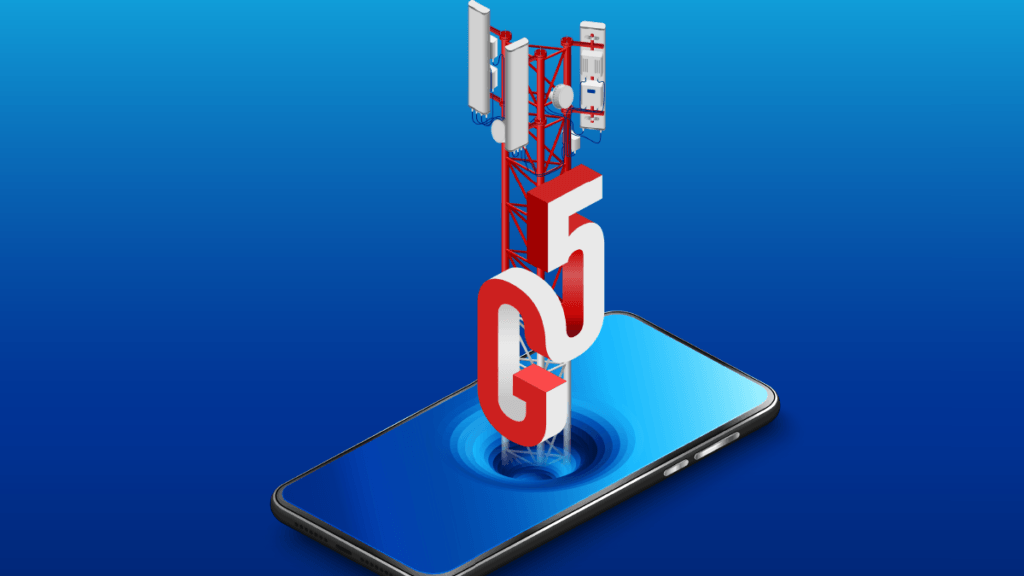
The United States is one of the last nations to feel the full impact of the Coronavirus, which is now rapidly spreading throughout the country. There have already been substantial ramifications to the economy in general and the Dow Jones index has been down 25% since the middle of February. But will the telecoms industry be able to resist the worst of the impact?
“We believe the telecom sector has a lower level of risk to economic pressures as a result of the Coronavirus, particularly when compared with other sectors, such as airlines, non-food retail, restaurants, lodging and leisure, automotive, and media,” said a source from Fitch Ratings.
Obviously, this lower risk is a result of the very nature of wireless services in the daily lives of consumers and payments are predictable and supported by low post-paid churn levels. Therefore, wireless phone services retain a high position in the payment priorities of consumers.
For both AT&T and Verizon, who have stronger balance sheets, the impact of free cash flow (FCF) would certainly be limited even though the rest of the industry should also be in a healthy position. A last option would be dividend cuts, however, analysts believe that this is a long shot as the industry should be in a strong enough place to continue their strategic investments in 5G networks and the necessary spending in fibre infrastructure.
One theory which currently holds true, is that connectivity contracts are likely to be one of the last bills to be cut back on. More and more people are facing lockdown and the money flowing into the telecoms industry should be sustainable (with a possibly of increase) as the internet becomes the very core of social lives and working remotely.
One thing that is worth taking into account, is that enterprise revenues have been factored into ROI calculations over the long-term. Currently, the funds for 5G pilot schemes and projects are likely to have been diverted elsewhere by enterprise organisations, however, this only becomes a physical problem for the sector if the COVID-19 crisis shows no sign of letting up and the world continues to be under strict lockdown.
One such risk, is that of a recession. Unemployment is on the rise in the US, meaning that subscriber’s churn could increase and so could defaults of payments and device financing plans. Customers on a lower income may convert post-paid accounts into pre-paid services in an effort to cut down on outgoings. All of this would inevitably result in less revenue for the industry.
Looking at this in the long term and assuming that the world returns to a kind of normality, 5G should be able to stay on track. However, this is only taking into account the financial capabilities of the telecoms companies and not the external implications.
Employees could be forced to remain at home due to illness and engineers may have to be redeployed to prioritise other projects like improving the resilience of 4G networks before supply chains are impacted. In spite of this, from a financial standpoint, the 5G roll out should continue as forecasted, but there are many factors that remain sensitive to the ever-changing situation.